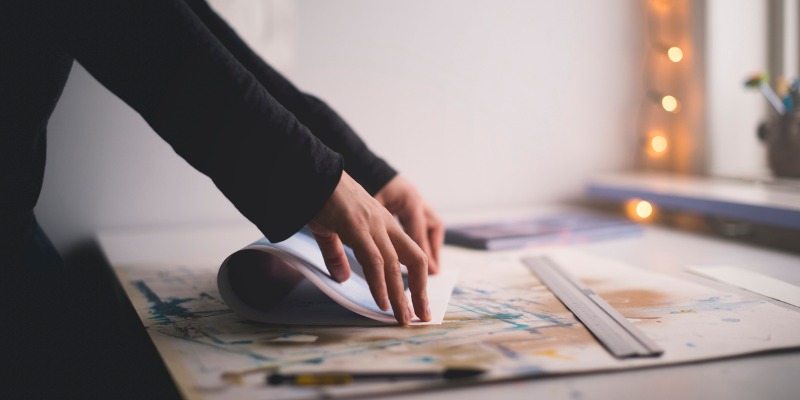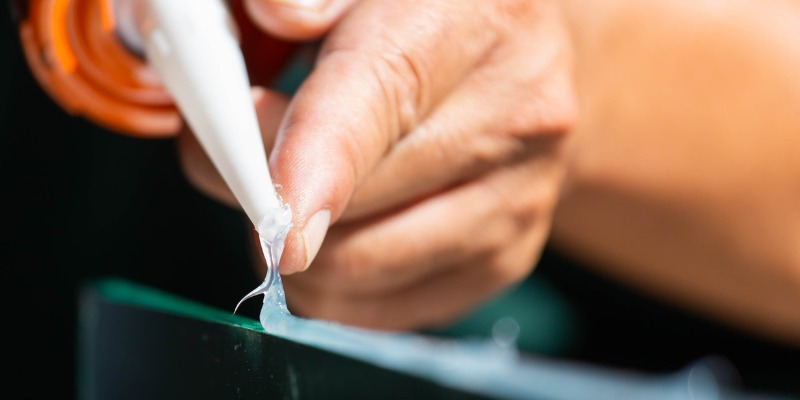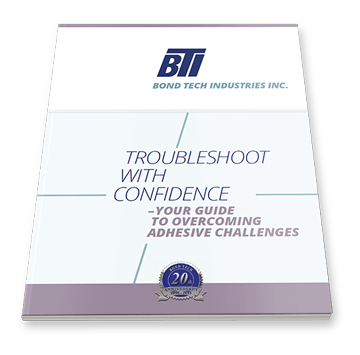
You may already understand the process of binding books at home, from creating folios to adding the fabric or leather for your cover. However, bookbinding at home doesn’t always get you the professional results that you’re looking for. If you have been less than satisfied with your books after binding them at home, we have several tips that can help you raise the bar and get a better-looking end result.
1. Use a Better Adhesive
Sliding and weak adhesive can undermine even the most perfect folds and placement that you have managed for your book. There are several adhesive options that can be a big upgrade from the craft store glue you’re using right now. Here are some options:
- PVA glue: The most popular glue option for home bookbinders, PVA glue has several properties that make it beneficial. It’s very strong when properly applied and is simple to clean off your table if you spill a bit. Plus, it will set at room temperature, with proper air circulation. PVA glue needs pressure to set properly, but it is otherwise a very simple adhesive to use properly at home.
- Acid-free: There are types of PVA glue that are acid-free. These are more brittle glues, but they also keep inks in better condition for a longer period of time. If you make a mistake, acid-free PVAs can be released with water even easier than typical PVA.
- Animal glues: While PVA is a better performing adhesive for bookbinding, historically animal glues were used. If you’re interested in exploring old bookbinding techniques, you may want to experiment with animal glues.
Looking to purchase a high-quality adhesive to bind the perfect book? We have just what you need. Visit our website or contact our team at Bond Tech Industries today for more information.

2. Pay Attention to Grain Direction
Understanding and orienting your book cloth grain direction is critical to get that clean, crisp look when you open the front cover. The grain runs along with the roll, not across it. Take a look at the selvage or the part of the roll that is not cut, to see the grain direction clearly. The grain should run against the spine, not parallel with it. This ensures optimum strength.
3. Glue Brushes
The quality of your glue brushes will affect the final result. We suggest you splurge on a high-quality brush.
4. Folding Signatures
Folding each piece of paper separately undermines the clean look that you want for your book. It is best to fold each signature together, which may mean you need to reduce the number of pages in your signature. In addition, try not to fold and refold any paper. Ideally, you’d fold once and stop, or you weaken the paper and the fold.
Binding books doesn’t have to be complicated. With the right glue and materials, bookbinding can be simple. To learn more, contact our team at Bond Tech Industries today!





